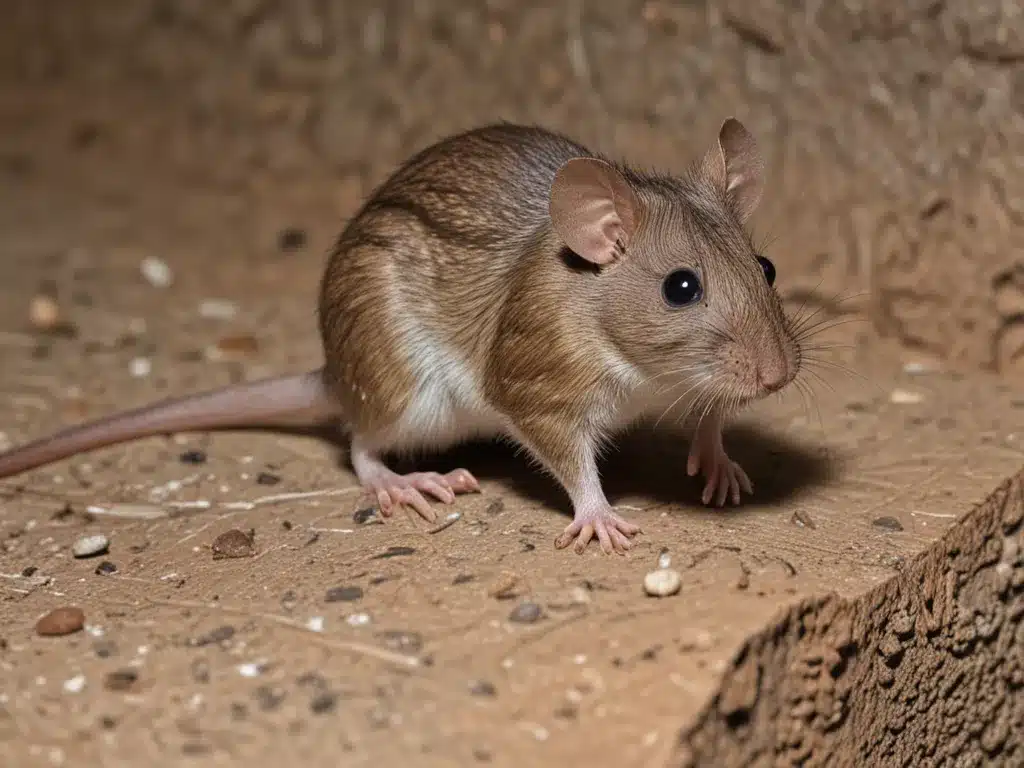Introduction
Hantavirus is a rare but deadly virus spread by rodents that can cause hantavirus pulmonary syndrome (HPS). HPS begins with flu-like symptoms but can quickly progress to potentially fatal respiratory failure. Because hantavirus is spread through contact with infected rodent droppings, nests, saliva, and urine, it’s crucial to understand how long the virus can survive on various surfaces. This allows proper cleaning and disinfection to prevent human infection. In this article, I will provide a comprehensive overview of how long hantavirus persists on surfaces.
How Hantavirus is Transmitted
- Hantavirus is primarily transmitted to humans through inhalation of aerosolized virus that is shed in urine, saliva, and droppings of infected rodents.
- Humans can also become infected through bites from infected rodents.
- Less common routes of transmission include eating food contaminated by infected rodents or having contact between broken skin/mucous membranes and hantavirus contaminated urine, droppings, or saliva.
- Hantaviruses cannot spread from person to person.
- The primary rodent hosts of hantaviruses in North America are the deer mouse, cotton rat, rice rat, and white-footed mouse.
Hantavirus Survival Time on Surfaces
- Hantaviruses can survive in the environment for extended periods, especially when protected from sunlight and heat. The length of time hantavirus persists depends on several factors:
Type of Surface
- Porous surfaces like untreated wood, earth, fabrics: Up to 3-4 days
- Non-porous surfaces like plastic, metal, glass: Up to 48 hours
- The virus survives longer on porous surfaces because it is protected from drying out.
Temperature and Humidity
- Cool, humid environments: Up to 2-3 weeks
- Warm, dry environments: A few hours to days
- Low temperatures and high humidity helps the virus survive longer.
Sunlight Exposure
- Direct sunlight: Inactivated within hours
- Dark indoor areas: Up to 2 weeks
- UV light rapidly inactivates hantaviruses.
Concentration of Virus
- Heavily contaminated areas: Weeks
- Light contamination: Days
- Higher concentrations of virus survive longer.
Cleaning and Disinfection of Contaminated Areas
To kill any lingering hantavirus and prevent human infection:
- Wear proper PPE like gloves, goggles, mask while cleaning rodent-infested areas.
- First, thoroughly clean contaminated surfaces with soap and water. Remove all organic material where the virus could survive.
- Disinfect non-porous surfaces with 10% bleach solution or EPA-registered products effective against viruses. Follow product instructions.
- For porous materials, seek professional hazardous waste disposal. Items may need to be removed, burned, frozen, or immersed in disinfectant.
- Ensure proper ventilation during cleanup.
- Double bag and dispose of all rodent droppings and nesting material.
- Seal up all possible rodent entry points in the home.
Conclusion
- Hantavirus can persist in the environment from hours up to a month depending on conditions like surface type, temperature, humidity, and sunlight.
- Proper cleaning and disinfection of contaminated areas is crucial to inactivate any lingering virus and prevent human cases of HPS.
- Rodent droppings and nesting material should be carefully disposed of. Exclusion of rodents from the home is the best prevention.
- Seek medical care immediately if HPS symptoms develop after rodent exposure so treatment can begin quickly. Rapid onset of respiratory distress occurs in HPS.
With proper precautions, the risks of hantavirus transmission from contaminated environmental surfaces can be minimized. Awareness and vigilance are key when cleaning areas with signs of rodent infestation.







